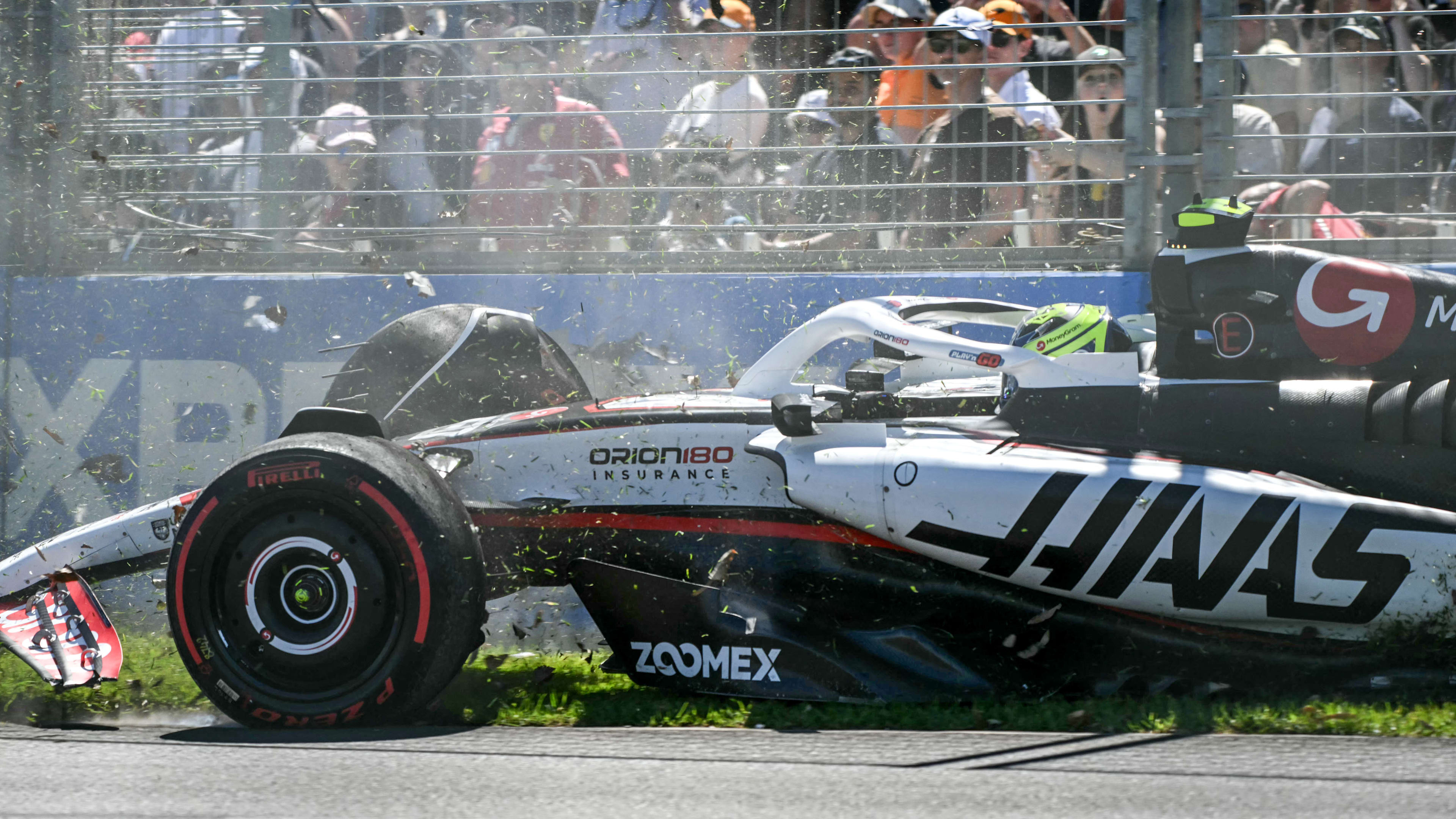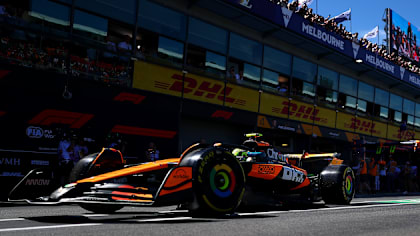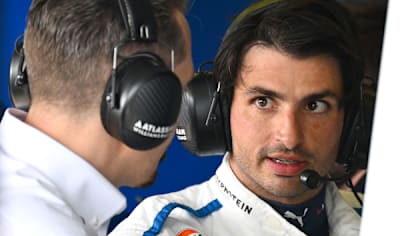21 - 23 March
Report
TRACKSIDE PERFORMANCE ANALYSIS: A look at driver technique through Austria’s downhill Turn 4

Share
To understand the subtleties of car performance and driver technique, there’s no substitute for standing trackside and watching (and listening to) the protagonists at work. For FP1 in Austria, Mark Hughes ventured to the fourth of Spielberg’s 10 corners…
Turn 4 of the Red Bull Ring, a long, downhill hairpin approached at around 200mph in eighth gear, taken at around 80mph in fourth, emphasises the incredible braking capacity of a current F1 car and presents an interesting challenge for the drivers in limiting the understeer that the combination of the slope and slow speed induces.
They appear out of the greenery like bullets before 4.5g of braking, a peep of red glow from the front brake disc of Lewis Hamilton’s Mercedes visible through the carbon fibre shielding. Everything about the Mercedes suggests a big comfort blanket of downforce. It brakes super-late with no drama, he turns it in late, yet still it points, enabling him to take the geometrically shortest route through the turn, as he gets back hard on the gas from the apex, using the torque through the outside rear tyre to balance out the understeer it would otherwise have.
Hamilton takes the geometrically shortest route through the turn, as he gets back hard on the gas from the apex
Compare and contrast to Charles Leclerc’s Ferrari. An even faster approach, slightly earlier on the brakes – and an earlier turn in, grabbing a whole chunk of inside kerb well before the apex. He cannot use the gas to pin the car in the same way as Hamilton, because there is too much steering lock applied. So he’s wrestling with the corner for longer on account of the lesser front end grip of the Ferrari. It all looks quite compliant and driveable, but there’s no way it could even be driven on the same line as the Mercedes at anything close to the limit.
Max Verstappen is experimenting in the early stages of the first session. Sometimes he tries the ‘U’ approach, other times the ‘V’. The U involves rounding off the apex, going a longer way around but maintaining more momentum. The V involves a shorter distance but slowing the car much more. As a generalization, the V appears to work better on the Red Bull but some others – notably the McLarens – look to have a nice flow going with the U approach.
At Renault there is a stark contrast between Daniel Ricciardo and Nico Hulkenberg. Ricciardo is combining braking with a progressively building lateral load in the first part of the corner, this encouraging the rear to rotate around – thereby combatting the natural understeer. He’s doing it with such judgement that the momentum of that rotation is just beginning to die down as he reaches the apex – and from there just as the car goes into a neutral stance, he’s hard on the gas.
Ricciardo is combining braking with a progressively building lateral load in the first part of the corner, this encouraging the rear to rotate around
Hulkenberg’s approach is completely different, more aggressive. But it seems the Renault’s front end cannot tolerate the braking forces he’s trying to use – the fronts frequently locking, running him out frustratingly wide of the apex on at least three occasions. He’s working harder here than Ricciardo, but nowhere near as fruitfully.
Within the Toro Rosso team there are different approaches too. Daniil Kvyat is separating his braking and cornering very cleanly with very little overlap, then a straight geometric line, rather like Hamilton’s but at a lower speed. Alex Albon prefers to carry his momentum for longer by turning in earlier from a more acute angle. This involves grabbing a lot more kerb, Leclerc-style, well before the apex and then wrestling it around.
Lance Stroll has an adventurous approach here, generating some oversteer as he turns in on the brakes which wipes just enough speed off at the apex. It’s less subtle than Ricciardo’s approach in that it actually requires some opposite lock at the apex, rather than simply pivoting around the outer front, but it’s a rhythm that seems to be working for him and the Racing Point.
As ever, what works for one doesn’t necessarily work for another. And as you can see from the video at the top of the page, there was only one tenth of a second difference between the fastest through Turn 4 in FP1 - Max Verstappen - and 10th placed Romain Grosjean...
YOU MIGHT ALSO LIKE
News Tsunoda describes ‘happy day in the office’ as Racing Bulls catch the eye during Australian GP practice
Report FP1: Norris tops first practice session of 2025 in Australia as Bearman crashes out
News ‘A match made in heaven’ – Vowles hails new recruit Sainz as he explains areas where Williams must improve
News Tickets on sale for fan-first premiere screenings of Apple Original Films' movie 'F1'








